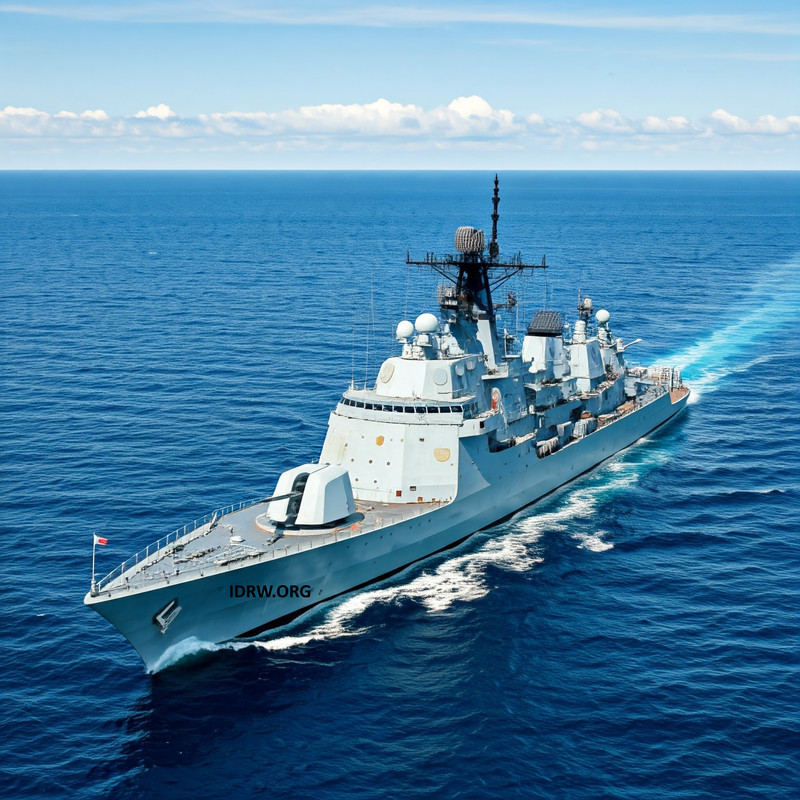SOURCE: RAUNAK KUNDE / NEWS BEAT / IDRW.ORG


The Indian Navy is ramping up efforts to enhance the stealth capabilities of its warships by focusing on reducing the Radar Cross Section (RCS) of exposed weapons and sensor equipment. In a strategic move to maintain an edge in naval warfare, the Navy has called upon its design teams to work closely with weapon and sensor suppliers to minimize the RCS of equipment mounted on its vessels.
This initiative is part of the Navy’s broader efforts to incorporate advanced stealth features into its warships, particularly those being developed as part of its Made in India campaign. By reducing the detectability of its ships on enemy radar systems, the Navy seeks to significantly enhance the survivability and combat effectiveness of its fleet in modern maritime conflicts.
One of the primary areas of focus is the development of stealth shields for the Navy’s main and secondary guns, a critical step towards reducing the overall RCS of its warships. These shields are being developed in collaboration with Indian public sector undertakings (PSUs), which are leveraging advanced materials and designs to ensure minimal radar signature while maintaining the operational effectiveness of the weapon systems.
Main and secondary guns, due to their size and positioning, typically present large radar signatures. By incorporating stealth shields, the Navy aims to mask these key components, ensuring that its ships are harder to detect by enemy radar systems, especially during high-intensity operations where stealth is crucial.
As part of the Navy’s self-reliance drive, it is also pushing for Made in India weapon systems to come with a reduced RCS. The Navy has emphasized the need for indigenous suppliers to prioritize stealth in the design and development of weapons that will be integrated into upcoming warships. This demand is shaping the design and manufacturing of critical systems, such as Vertical Launch Systems (VLS).
In particular, the Vertical Launch – Short Range Surface to Air Missile (VL-SRSAM) system, which is set to play a key role in the Navy’s air defence capabilities, has undergone multiple design iterations to minimize its radar signature. Changes in the VLS design ensure that the missile launch system while being efficient in operational terms, has the least possible impact on the ship’s overall stealth profile.
In the evolving landscape of modern naval warfare, stealth is increasingly becoming a critical factor for success. Reduced RCS helps warships operate more covertly, allowing them to engage in operations without easily being detected by enemy radar. This capability is particularly important in the Indian Ocean Region (IOR), where the Indian Navy must maintain a tactical advantage over potential adversaries while patrolling vast maritime territories.
NOTE : Article cannot be reproduced without written permission of idrw.org in any form even for YouTube Videos to avoid Copy right strikes. Websites doing illegal reproductions will get DMCA and Legal Notices.